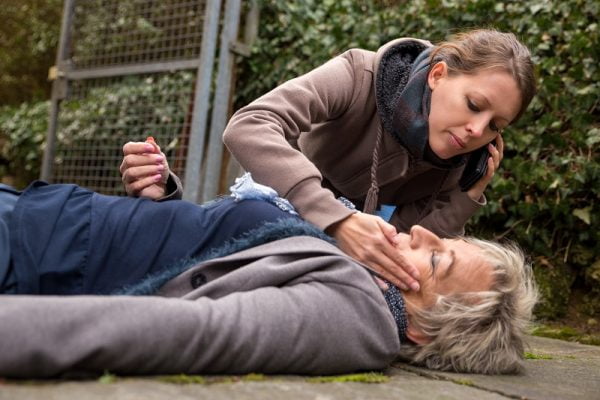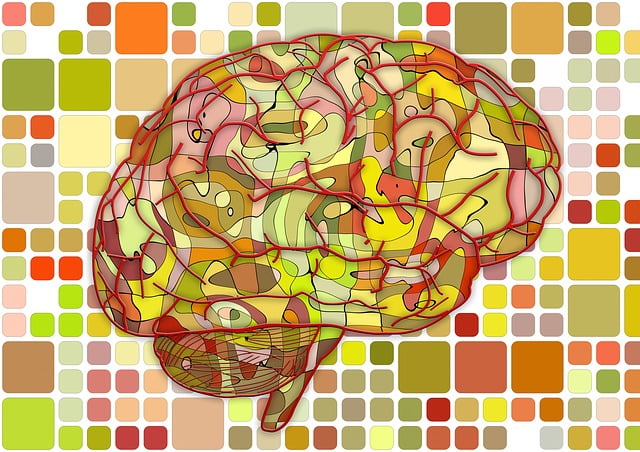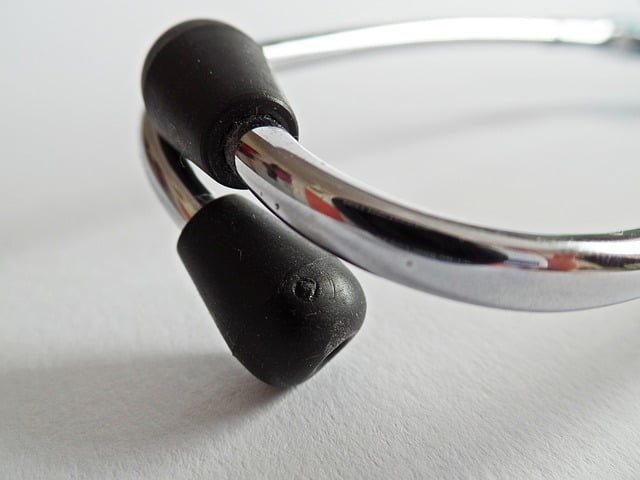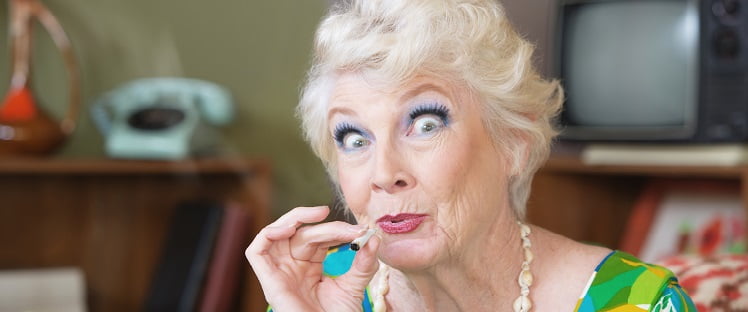A stroke (or cerebrovascular accident – CVA) is caused by the interruption of the blood supply to the brain, usually because a blood vessel bursts or is blocked by a clot. This cuts off the supply of oxygen and nutrients, causing damage to the brain tissue.
What can induce a stroke? What are the symptoms and how can we save the life of a person having a stroke?

Stroke: some statistics
- This pathology touches 1 person every 4 minutes in France.
- ¾ of the patients who survive after having a stroke suffer from sequelae.
- 15% of strokes occur to people younger than 50, 25% to people younger than 65 and more than 50% to people aged of 75 years and more.
- Every year, 1 400 000 persons are touched by a stroke in Europe and 12 million people in the world.
Stroke symptoms and worning signs:
 Here are the most common symptoms:
Here are the most common symptoms:
- Numbness of the face, arm, leg…
- Reduction of sensory
- Balance disorders
- A sudden loss of the vision
- Violent headache that might be accompanied with vomiting
- An impossibility to articulate, difficulties in expressing and in understanding.
Different risk factors
There are different risk factors, those we cannot control (such as age, family history, gender…) and those we can act upon, as:
- Obesity
- Alcohol
- High blood pressure
- High cholesterol
- Diabetes
How to react? Some gestures that may save a life
If you are a victim of a stroke, or if you find yourself with a person who’s having a stroke, the first thing to do is to call an emergency service, give your phone number, your contact information, the symptoms, and the time of the accident.
If you are alone:
 Monitor for the first symptoms
Monitor for the first symptoms- Call a person to stay with you while you are waiting for help
- Even if symptoms disappear, go to the hospital; a second stroke can occur in the few coming hours.
In you are with a person, who is having a stroke:
- Ask him to lift his two arms, if one of them hangs more than the other, it’s a worning sign
- Ask him to shake your hand, if the pression is not the same, it’s a worning sign
- If the person can not express or answer your questions, it’s a worning sign
- Ask the person to smile, to clench their teeth and to pull out their tongue, persons who have a stroke, may present asymmetry in their faces
- Note all the abnormal effects and specify the time
- Install the person comfortably and try to exchange calmly while waiting for the emergency service.
Some advise to avoid stroke
 Stop smoking
Stop smoking- Practise sport (for at least 30 min a day)
- Regularly measure your tension, follow the treatment prescribed by the doctor in case of hypertension
- Regularly control sugar and cholesterol level
- Eat healthy food
- Control your alcohol consumption
- Don’t hesitate to consult your doctor in case of irregular heartbeats od heart palpitations. It’s better to be wrong than to be taken care of when it’s too late.
Save the date: this year the stroke world day will be held the 29 October 2017, this day has for vocation rising the public awareness of stroke.
Published by the Editorial Staff on

 Here are the most common symptoms:
Here are the most common symptoms: Monitor for the first symptoms
Monitor for the first symptoms Stop smoking
Stop smoking